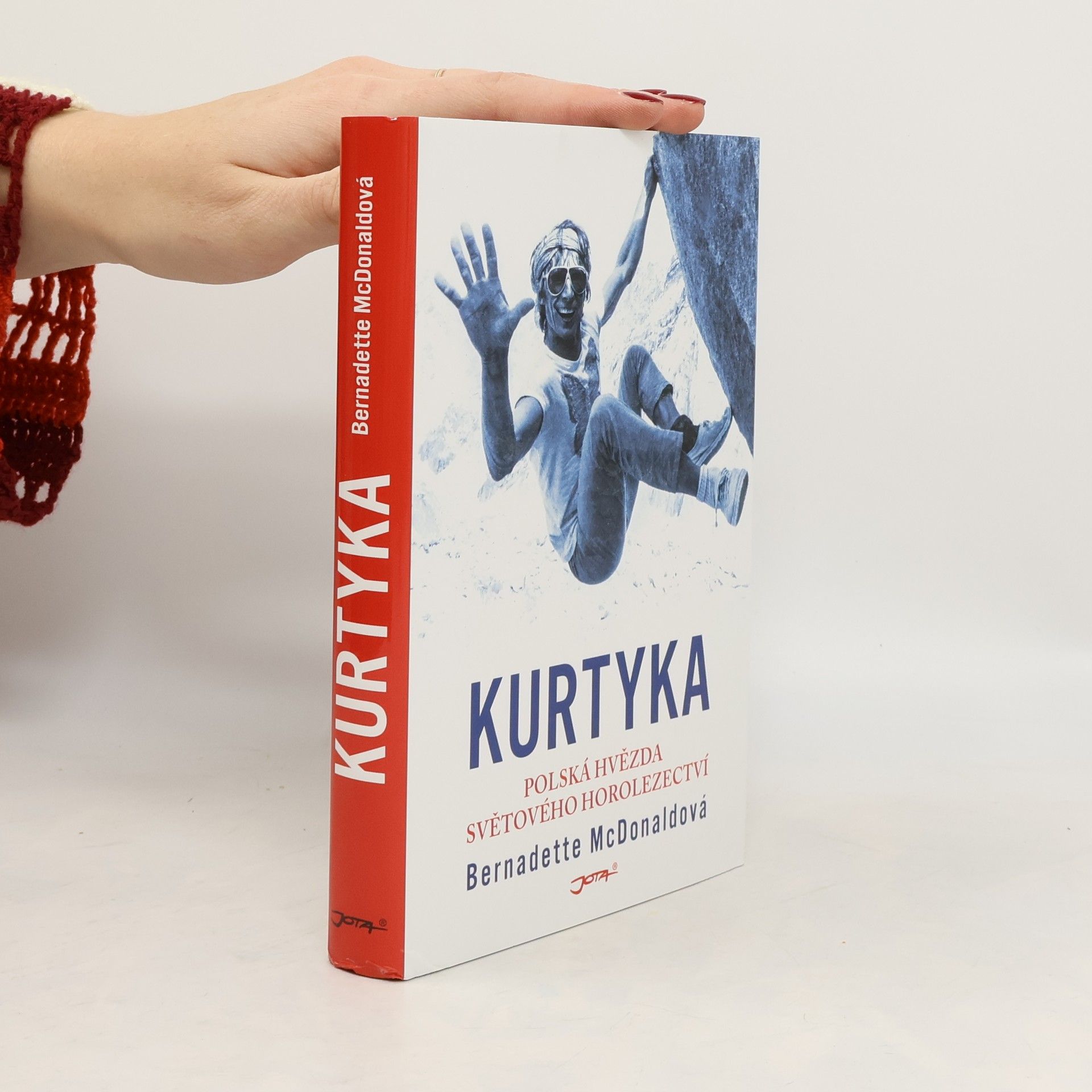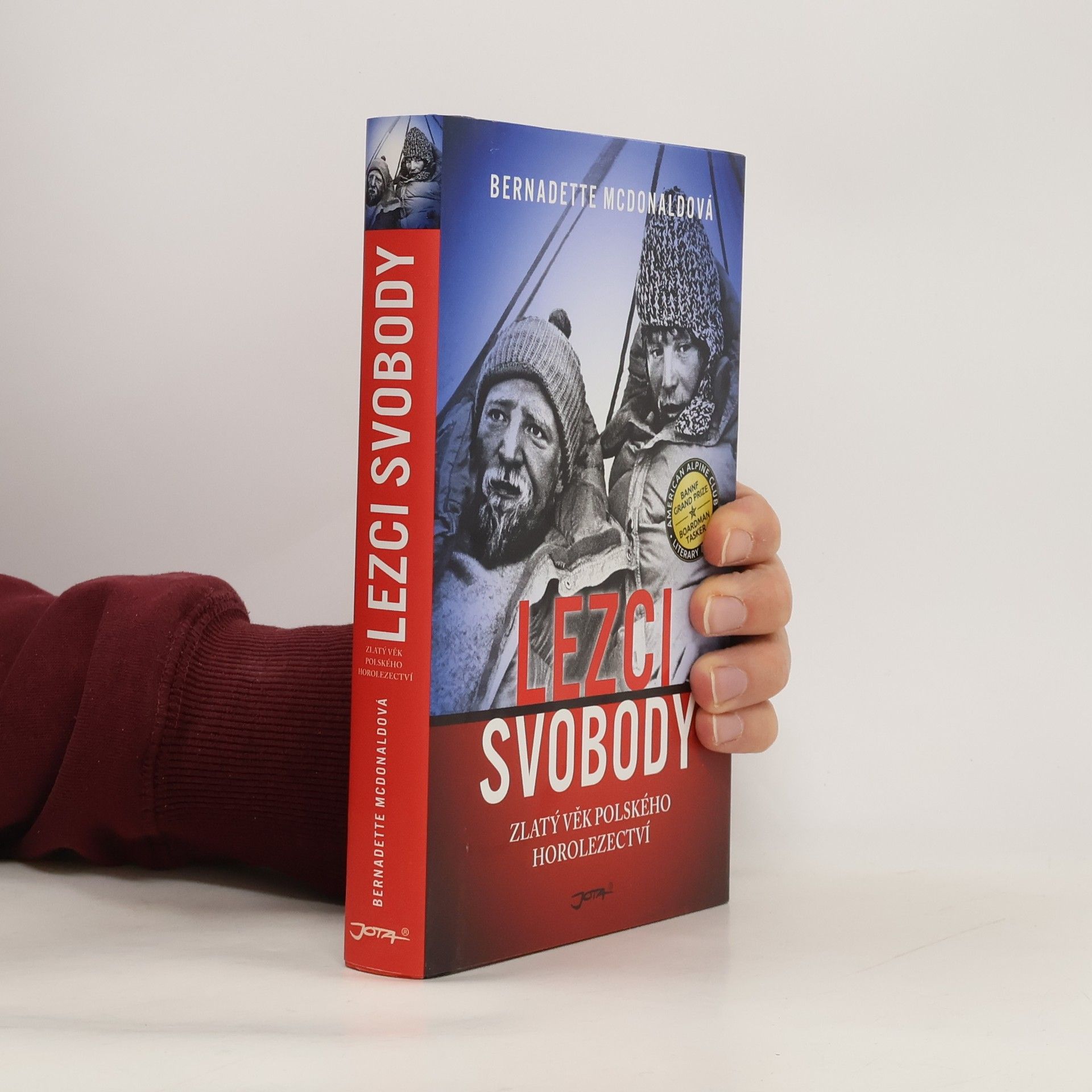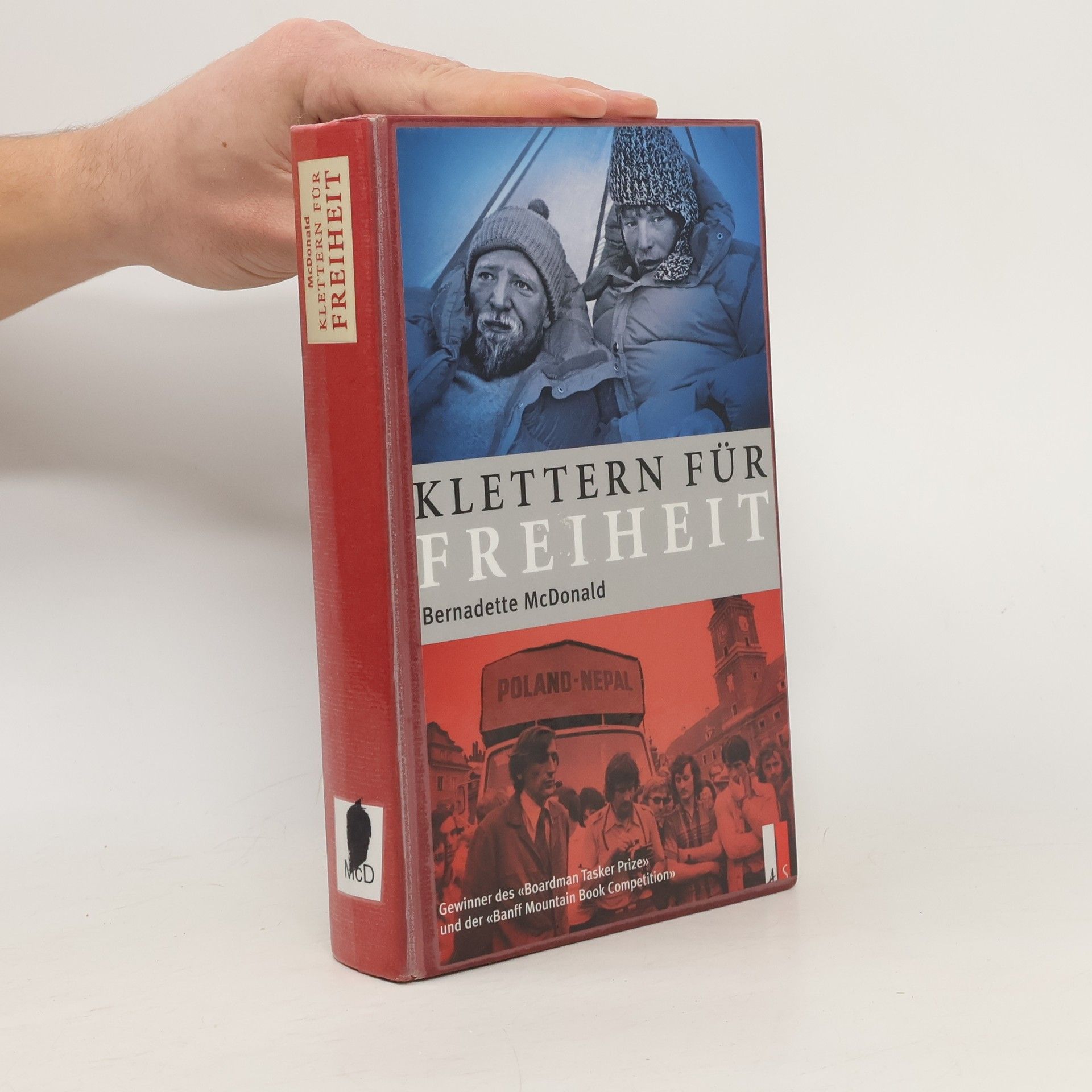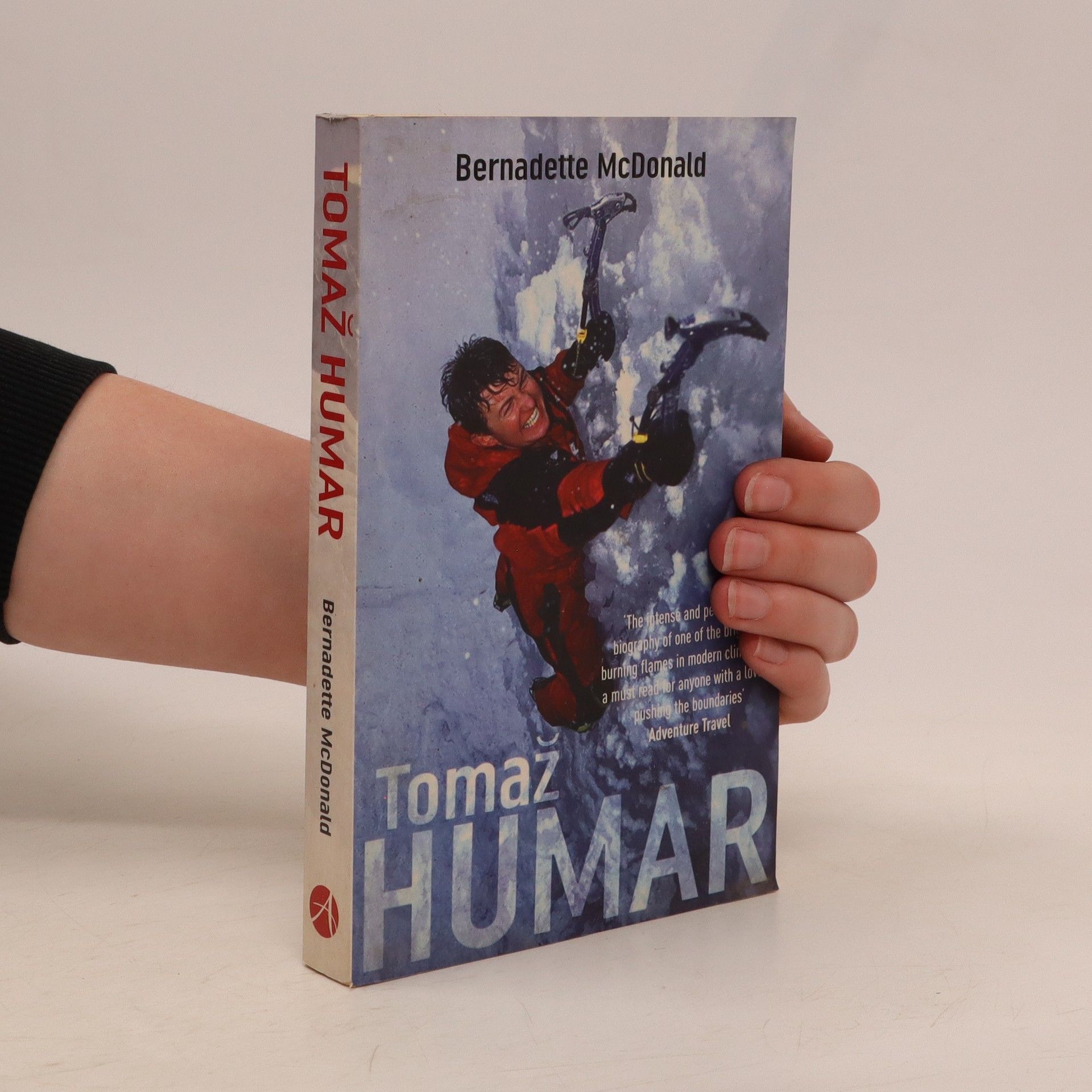Of all the games mountaineers play, the hardest - and cruellest - is climbing the fourteen peaks over 8,000 metres in winter. Award-winning author Bernadette McDonald tells how Poland's ice warriors made winter their own, perfecting what they dubbed 'the art of suffering'. Winter 8000 is the story of true adventure at its most demanding.
Bernadette McDonald Boeken







Tomaž Humar
- 272bladzijden
- 10 uur lezen
This is the heart-breaking, triumphant and inspirational story of Tomaz Humar, who fled Civil War in Yugoslavia and became one of the world's greatest - and most controversial - mountaineers. Originally published: London: Hutchinson, 2008.
Less than one percent of the Earth's water is fresh water available for drinking, irrigation, and industry.By 2025, the UN expects more than half the world's population will lack sufficient water to cover basic needs. Each and every day two million tons of waste is deposited into water supplies. Water-related diseases kill 10,000 to 20,000 children each day. Since 1970 the water supply has declined by 33 percent. Mankind has always taken water for granted. For the first time, we must face a new Not only is this precious resource not inexhaustible, it's already so scarce that great swaths of our planet are under serious threat. Asia's Aral Sea, once one of the largest inland bodies of water, is now a salty desert; 90 percent of California's wetlands have vanished; the once-mighty Nile, Ganges, and Colorado Rivers barely reach the sea in dry seasons. In this provocative and important book, 14 prominent environmental writers address every aspect of the looming crisis. They explore the paradox that, on a blue planet like ours, little of that resource is actually available for use, and offer alarming and persuasive evidence that we are using what we have much faster than it can be replenished-a problem that will only grow worse as the global population grows and the rate of climate change and airborne pollution quickens. They show the dire consequences of current trends, from desertification to epidemic disease to increasingly bitter battles over who "owns" water and how to apportion our dwindling supply. But alongside their timely and troubling warning, they also describe strategies for averting disaster. Focused on the crucial years of the immediate future, this book is a blueprint that calls for change-in our personal lives, our attitudes, and our industries-that promises long-term solutions. Whose Water Is It? is both fascinating and frightening as it portrays a thirsty world that must transform itself to survive. The book is divided into four sections, each with an introduction. Ownership, discusses the increasing preciousness of water, a commodity that most law and cultures regard as essentially free. Its essays explore water's ecological, spiritual and economic value, its allocation, its pricing, and its ownership. Scarcity, examines the paradox of how this watery planet has increasingly become one in which humans face water scarcity. Its essays, from different parts of the world, shine a light on issues that include storage and distribution, upstream-downstream links, population, and pollution. Conflict, focuses on increasing tensions over water, between neighbors, regions, and countries. Its essays examine transboundary issues, water-sharing agreements and the potential for real conflicts in the 21st century. Prospects, looks ahead over the next two decades, to consider how climate change and pollution may affect water supplies, but also how innovative solutions-involving both quantity and quality-may cushion their impact. Its essays cover the themes of contamination, integrated watershed management, water-use efficiency, conservation, and the impact of technology. Authors include Margaret Catley-Carlson, Maude Barlow, Marq de Villiers, Robert Glennon, Lester Brown, Aaron Wolfe, Mike Dombeck, David Hayes, Dr. David Schindler, Dr. David Suzuki, Hans Scheier, Peter Gleick, and Robert Glennon. With a foreword by former Senator Paul Simon, who addressed the United Nations on behalf of the issue in 2003.
Aus der Tristesse des polnischen Sozialismus der 1970er- und 1980er-Jahre erheben sich polnische Alpinisten in den Himalaya. Sie meistern die härtesten Wände an den Achttausendern und sind die ersten, die diese Gipfel im Winter erklimmen. Jerzy Kukuczka erobert alle 14 Achttausender, oft auf extrem schwierigen Routen, während Wanda Rutkiewicz zur erfolgreichsten weiblichen Höhenbergsteigerin wird und Voytek Kurtyka neue Maßstäbe im Alpinstil setzt. Um ihre Expeditionen zu organisieren und zu finanzieren, entwickeln die Bergsteiger bemerkenswerte organisatorische Fähigkeiten und agieren heimlich marktwirtschaftlich. Während die meisten Polen hinter dem Eisernen Vorhang leben, reisen sie nach Westeuropa, Alaska, Neuseeland, Pakistan, Nepal und Indien, um einen Gipfel nach dem anderen zu besteigen. Die Symbiose von Staat und Alpinismus erweist sich als vorteilhaft für beide Seiten. Das Buch erzählt, wie diese Bergsteiger Mangel in Erfolg, Nachteile in Vorteile und Repression in Freiheit verwandeln konnten. Es berichtet von extremen Routen, die an der Grenze des Menschlichen liegen, und beleuchtet die persönlichen Geschichten hinter den Legenden. Fesselnd und faszinierend von der ersten bis zur letzten Seite, thematisiert es Abenteuer, Politik, Leidenschaft, Zähigkeit sowie das Leben und Sterben in den Bergen.
Mezi lety 1980 a 1989 platili polští horolezci za naprostou světovou špičkou. Vyrůstali a žili v nesvobodném Polsku, a přesto se brzy stali nejuznávanějšími himálajskými lezci. Patřili sem mezi jinými také J. Kukuczka, W. Kurtyka či W. Rutkiewitzová. Přestože tato skupinka vyrostla v těžké poválečné době plné nesvobody a bez reálné šance na vlastní smysluplný život, vytvořili si svůj svět, díky němuž se mohli vydat na vlastní „lezeckou“ cestu za svobodou. V době, kdy běžní občané Polské lidové republiky byli „chráněni“ před Západem za železnou oponou, se tito nespoutaní dobrodruzi vydávali na expedice po Aljašce, Jižní Americe, Evropě, a především po Asii, která se stala jejich druhým domovem. Autorka knihy Bernadette McDonaldová je sama lezkyně. Polské horolezce osobně znala a navíc poskládala obrovské množství dokumentů a svědectví. Kniha obsahuje i přehlednou chronologii všech zásadních polských výstupů na vrcholy Himálaje.
Polská hvězda světového horolezectví. Působivá biografie jednoho z nejslavnějších alpinistů světa. Wojtek Kurtyka je jedním z největších horolezců všech dob a stal se jednou z vůdčích postav polské zlaté horolezecké generace, jež v 70. a 80. letech 20. století zásadně posunula hranice himálajského lezení. Díky svému vizionářskému přístupu vylezl mnoho dodnes uznávaných cest. Výjimečný je především jeho prvovýstup alpským stylem západní stěnou Gašerbrumu IV, kterému se někdy přezdívá „výstup století“ a dosud nebyl nikým zopakován. Po opakovaných pokusech udělit mu Zlatý cepín za celoživotní dílo („Oscara“ horolezeckého světa), Kurtyka tuto poctu nakonec přijal. Jako silný introvert odmítl bezpočet žádostí o rozhovor či vystoupení na festivalech, souhlasil ale se spoluprací na této dlouho očekávané biografii. Detailní a dojemný profil jedné z nejuznávanějších, nejsložitějších a nejsamotářštějších hvězd světového horolezectví.
„Winter 8000“ beschreibt die extreme Erfahrung des Winterbergsteigens an den Achttausendern, geprägt von Kälte, Stürmen und Isolation. Bernadette McDonald beleuchtet eindrucksvoll die Besteigungen und die Protagonisten, deren Entscheidungen, Risiken und die Auswirkungen ihrer Leidenschaft auf das Umfeld kritisch hinterfragt werden.
Wahre Helden
Sherpas, Baltis und der Triumph der Bergsteiger vom Dach der Welt
In «Wahre Helden» beleuchtet Bernadette McDonald die oft vergessenen einheimischen Bergsteiger des Himalaya und Karakorum, wie Fou Tharkay, der Maurice Herzog half. Das Buch würdigt ihre bedeutenden Beiträge zu Erstbesteigungen und aktuellen Rekorden, und fordert eine Neubewertung ihrer Rolle in der Bergsteigergeschichte.